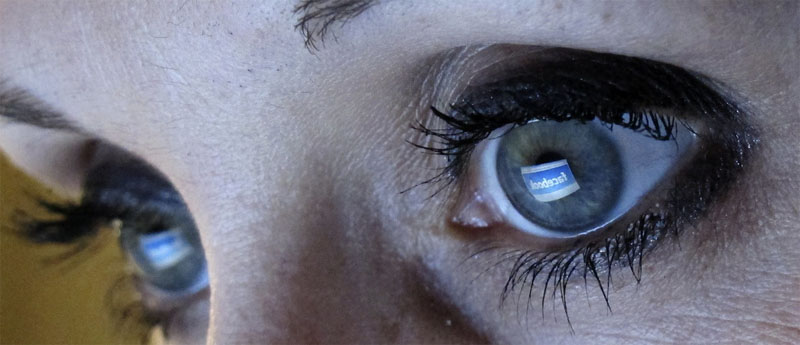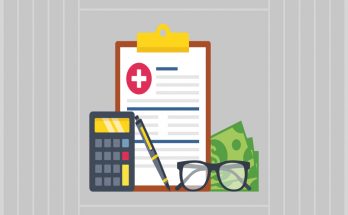Most people will find some form of digital screen accompanying them throughout their day. When you think about it, a wide range of screens feature as part of our daily routine, such as a mobile phone and tablet, laptop, desktop and TV. So many of us have an addiction to our digital screens, although we’d hate to be honest about the seriousness of it. Putting it plainly, in today’s digital age, our ‘screen’ has become the main constant in our lives. It sounds worrying when you think about it?

Let’s take a proper look at the health concerns and the possible changes you can make to benefit your wellbeing.
Excess of digital screen time blurred vision and more
Everyone is aware that spending long hours in front of the screen is unhealthy, but not all will know that it can actually lead to illness. Computer vision syndrome (CVS) is also known as digital eye strain and caused by prolonged periods of looking at electronic devices such as computers, tablets and phones. The syndrome can result in several symptoms including:
- Eyestrain
- Headaches
- Blurred vision
- Neck and shoulder pain
But why does this occur?
When the eyes spend extended periods of time looking at a screen, they are forced to work harder. Unlike reading from a book or a newspaper, in which the words are more distinguished and sharply defined, the contrast on a screen is significantly reduced and the likes of glare bouncing back from the screen poses more of a threat to an uninterrupted view.
Those who already suffer from poor vision and use eye-sight correction such as glasses or contact lenses are the most likely to be affected by CVS. Studies have found that even those who don’t usually require a general eye prescription may benefit from glasses specifically designed for use in front of the screen to prevent damage.
CVS can be treated through the administration of solution although often simply adjusting the way you view your screen can owe to a reduction in damage to the eye. Simple changes, such as altering your display settings, regularly exercising your eyes and taking frequent breaks from staring at the screen can all prevent the strain caused. Most employers should also have guidelines instructing you on how to set up your workstation appropriately.
Could you reduce your daily digital screen time?
With all the technological advancements, it almost seems like back-tracking to suggest that you should put aside the phones and tablets in exchange for a book, but it’s not. Scientific research has shown that by reading from a physical book or newspaper as opposed to an e-book or your digital copy, you absorb more information. This owes to two main reasons. Firstly, you get less distracted, mostly due to the fact the internet isn’t right at your fingers and secondly, having the material in your hands help you visualise just how much you’ve read.
Similarly, if you’ve been working in a job all day that involves focusing on a computer screen and your equating to that aforementioned 1,700 hours, then use the evenings to give your eyes a rest. Findings suggest that using a blue light before sleep can disrupt with your melatonin and circadian cycles, making the process of getting to sleep a whole lot harder. On the other hand, reading some print is deemed an age-old remedy for those struggling with getting some shut eye.
No one is proposing that we scrap all the digital technologies that make our day-to-day life so much better, however it is worth reassessing the time spent looking at a screen and whether it essential – looking at the same posts repeatedly isn’t.
Turn your phone onto airplane mode at 9pm, keep track of your time spent on social media, and take in the view straight ahead as opposed to looking down.
Article brought to you by Where the Trade Buys, a UK company offering flyer printing and many other print services.


